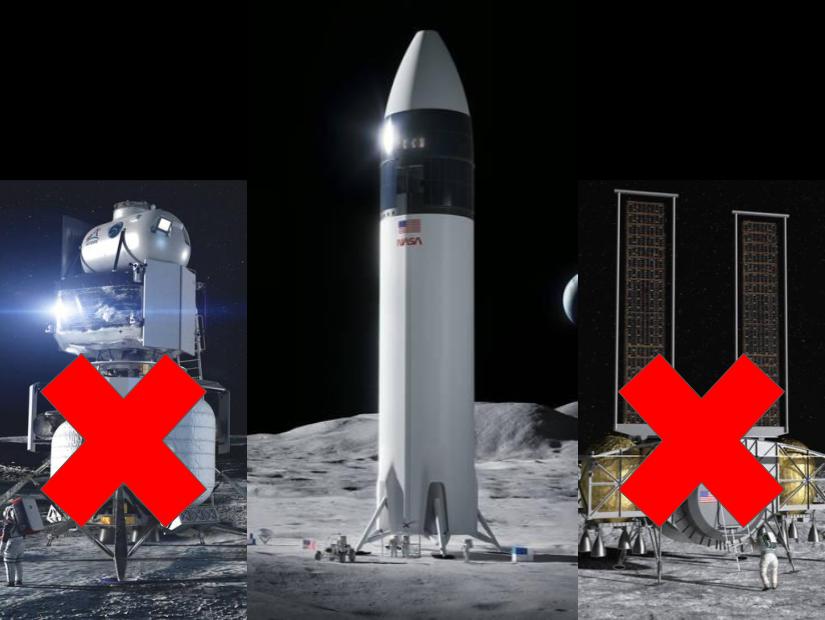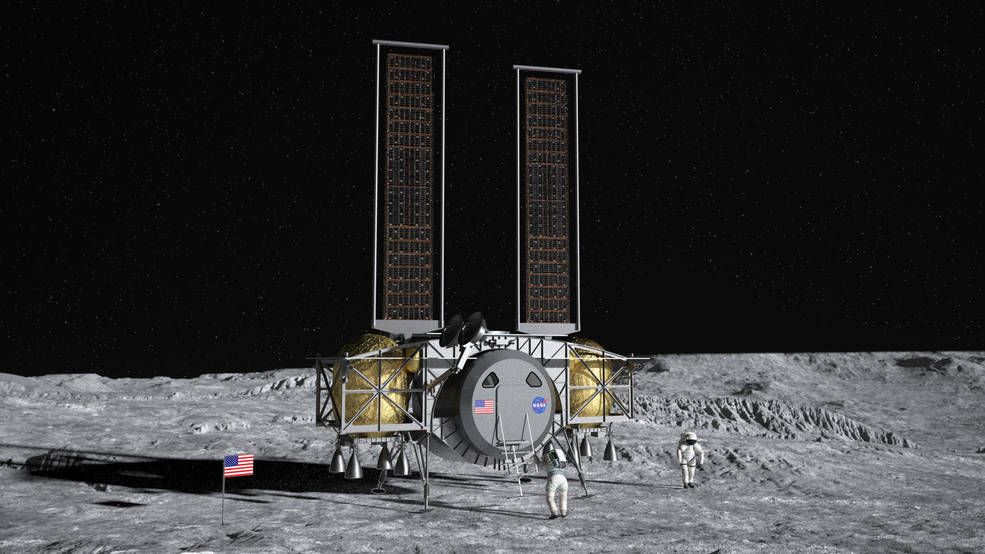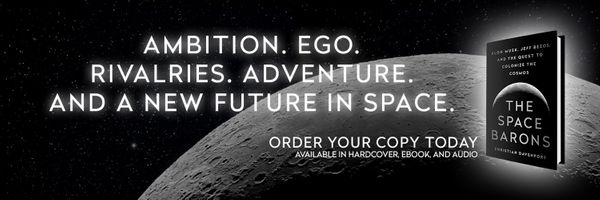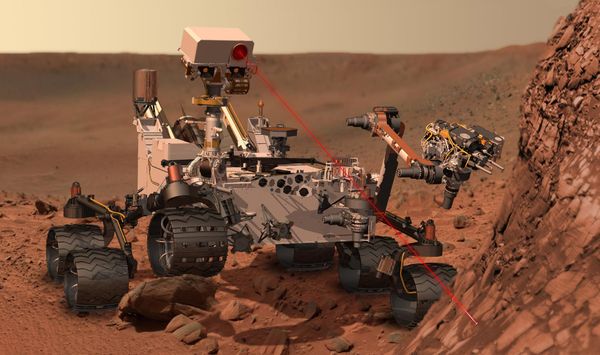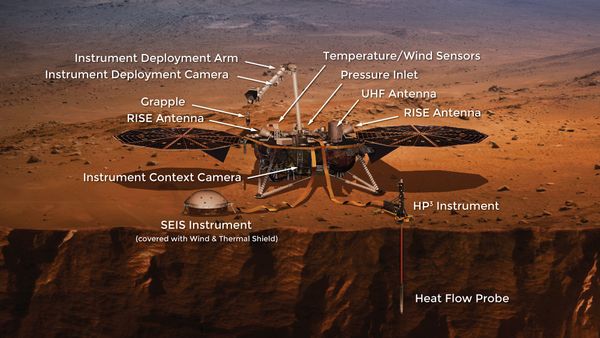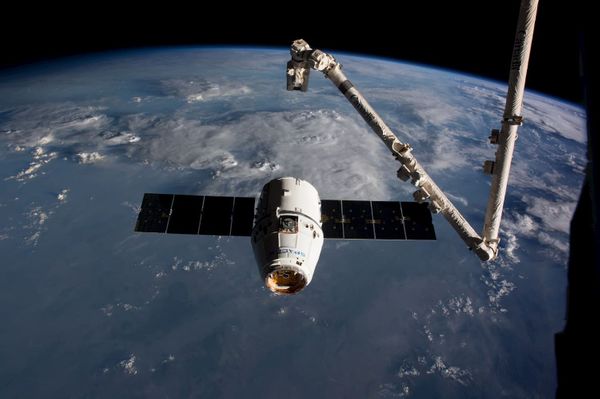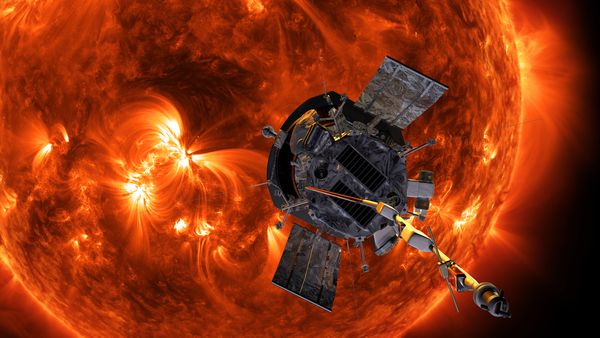NASA stunned the aerospace world on Friday when it announced the winner of its Option A contract for the Human Landing System (HLS) Program. SpaceX beat out two other contractors to land the next humans on the Moon. The initial announcement highlighted SpaceX's low cost and NASA's much smaller than expected budget for the program as key deciding factors. But NASA's own Source Selection Document dives deep into the factors NASA considered across all three proposals. Below we break down the key insights of that document so we can fully understand how Dynetics' lander proposal stacked up.
Check out Part 1 where we analyze Blue Origin and the National Team's proposal
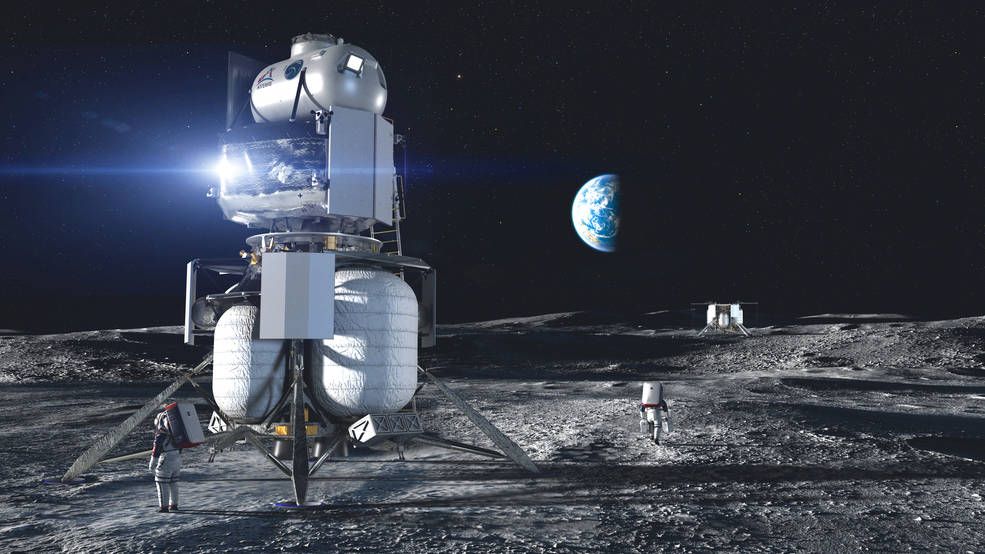
A maverick design with conventional problems
When Dynetics was awarded a base period contract last April, they stood out with an innovative concept that pushed the expectation of what a lunar lander could be. It incorporated a low-slung design, making it easy for astronauts to exit the spacecraft on the lunar surface. Their Concept of Operations (CONOPS) included in-space refueling of the lander, and a series of drop tanks to slowly reduce the mass of the lander as it traveled to the lunar surface.
During the base period award, Dynetics received a Very Good technical rating and a Very Good management rating. NASA hoped to downselect to two contracts for the Option A award, and Dynetics seemed like a good choice. However, the base period paid for 10 months of work for each contractor to refine their proposals and NASA gained valuable insight into how all the contractors worked during this period. NASA's findings are represented in the Source Selection Document quoted below:
"First, Dynetics’ proposed single stage integrated Descent Ascent Element (DAE) lander design requires no in-space integration of lander elements or staging/separation events. This pre-integrated design will also allow for terrestrial testing of the entire system, which will increase the fidelity of testing data generated. Specifically, Dynetics’ low-slung DAE will enable easy access to the lunar surface and will minimize risk of sustaining injuries during ingress and egress operations, particularly while handling scientific samples. This design feature also facilitates the crew’s ability to attend to incapacitated crew potentialities with a short translation path from the surface to the crew module."
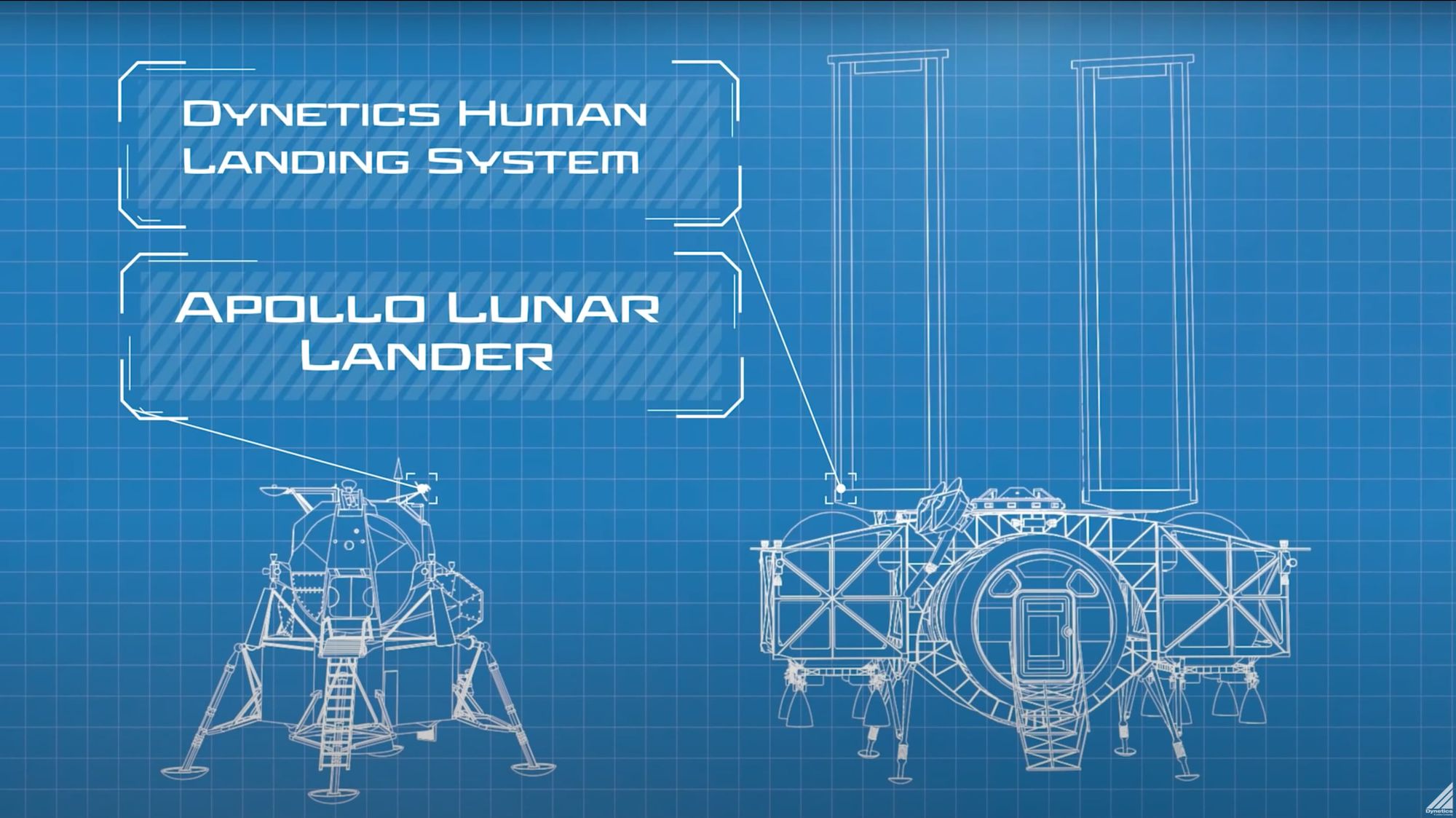
Dynetics' lander was the only design that put crew accessibility first and foremost. The National Team required a 40 foot lander astronauts would have had to manually climb up and down upon landing. Starship is so massive even a ladder would be impractical, so their design includes an integrated elevator. SpaceX even built a prototype of this elevator to assuage concerns over crew access. Dynetics kept it simple.
"Dynetics’ proposal did not provide sufficient substantiation regarding the design maturity and performance capabilities of its tanker support spacecraft... missing critical technical details regarding the Mission Unique Logistics Element (MULE) ... insufficient and inconsistent design and analysis details regarding its proposed cryogenic fluid management (CFM) system and the long-term characteristics for its propellant storage capabilities. "
NASA highlights its concerns with the deep space refueling aspects of the proposal multiple times. In-space refueling is not a well-proven technology, and adding cryogenic propellants increases the difficulty. Pumping and sealing cryogenic fluids is already difficult enough on the ground without mass constraints to worry about and Dynetics definitely needed to manage its lander mass.
"SEP’s finding that Dynetics’ current mass estimate for its DAE far exceeds its current mass allocation; plainly stated, Dynetics’ proposal evidences a substantial negative mass allocation. ... I note that Dynetics’ development schedule is unrealistic overall due to multiple mission-critical subsystems and systems which are at a relatively low level of maturity without sufficient accompanying margin to address inevitable issues as maturation continues as proposed. ... resulting in several thematic weaknesses which cast considerable doubt in my mind as to the proposal’s overall credibility. "
The Dynetics lander had put on mass during the 10 months of design work since the start of the Base contract. NASA goes on to note that given the lander was already overweight, and the tendency for spacecraft to gain mass as detailed design and engineering work is completed, put the lander in an unreconcilable position.
Dynetics, while a subsidiary of Leidos, did not have the in-house experience or proven track record to convince NASA that the team could manage these risks. Effectively, the new kid on the block had overreached and ran into the common hurdles of spacecraft engineering.
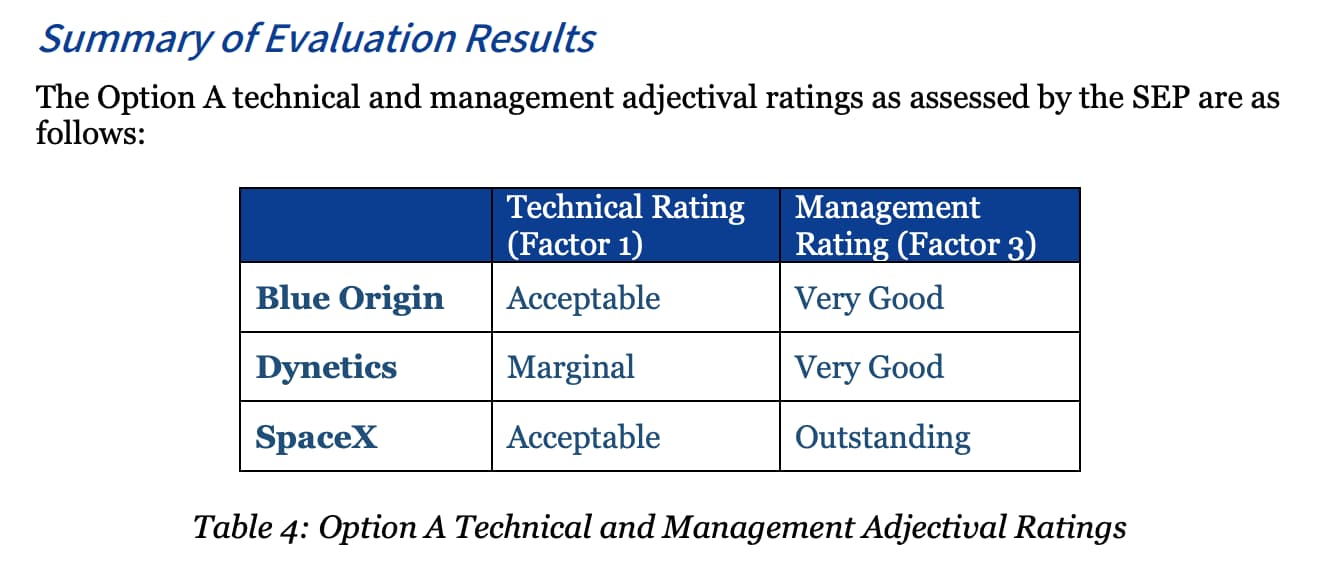
But the technical design was not the sole evaluation factor for the contract, and Dynetics retained its Very Good management rating.
"This includes a plan for leveraging its autonomous logistics platform as a cargo delivery system, establishment of a communications and navigation network, and the active exploration of a commercial lunar payload market."
Dynetics provided actionable, viable plans to use their lander and systems to expand upon the lunar economy. In their renders, Dynetics explored swapping out the lander cabin for a mobile lunar rover vehicle. They also showed multiple lander-derived habitation modules, all capable of being brought to the lunar surface by their core descent technology. You can even explore their concepts in 3D (for now)
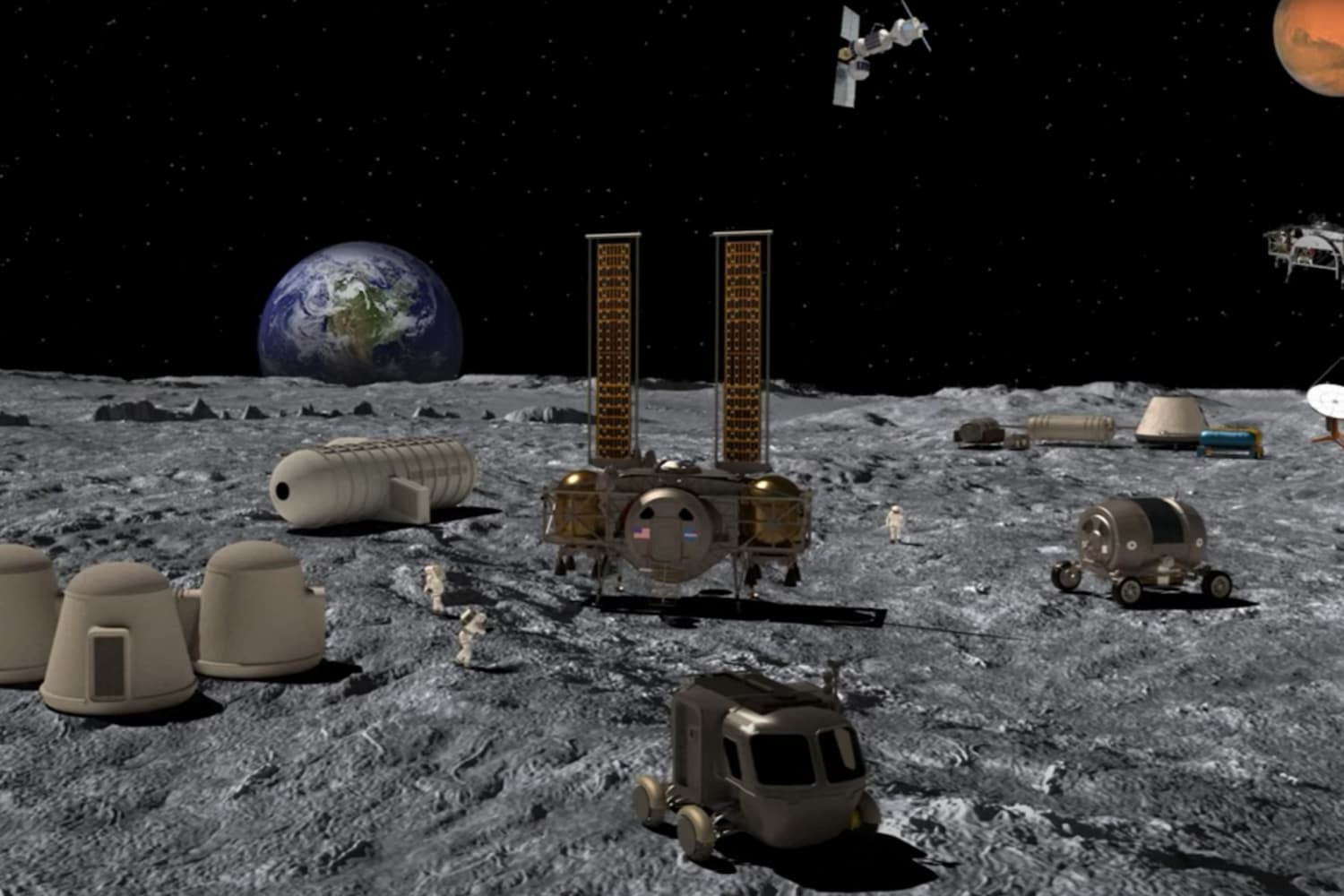
Despite these compelling commercialization plans, the core engineering design from Dynetics was lacking. In comparison with National Team, Dynetics might have been able to secure a spot with its innovative design. Compared to SpaceX, Starship offered ample mass margin to accommodate development mass gain, and an equally compelling commercialization and sustainable operations plan.
This is part 2 of our deep dive into the HLS Option A announcement. You can check out our article on the announcement itself and part 1 below. Follow us on twitter or sign up for our newsletter to get part 3: What's next for NASA's Artemis program?
